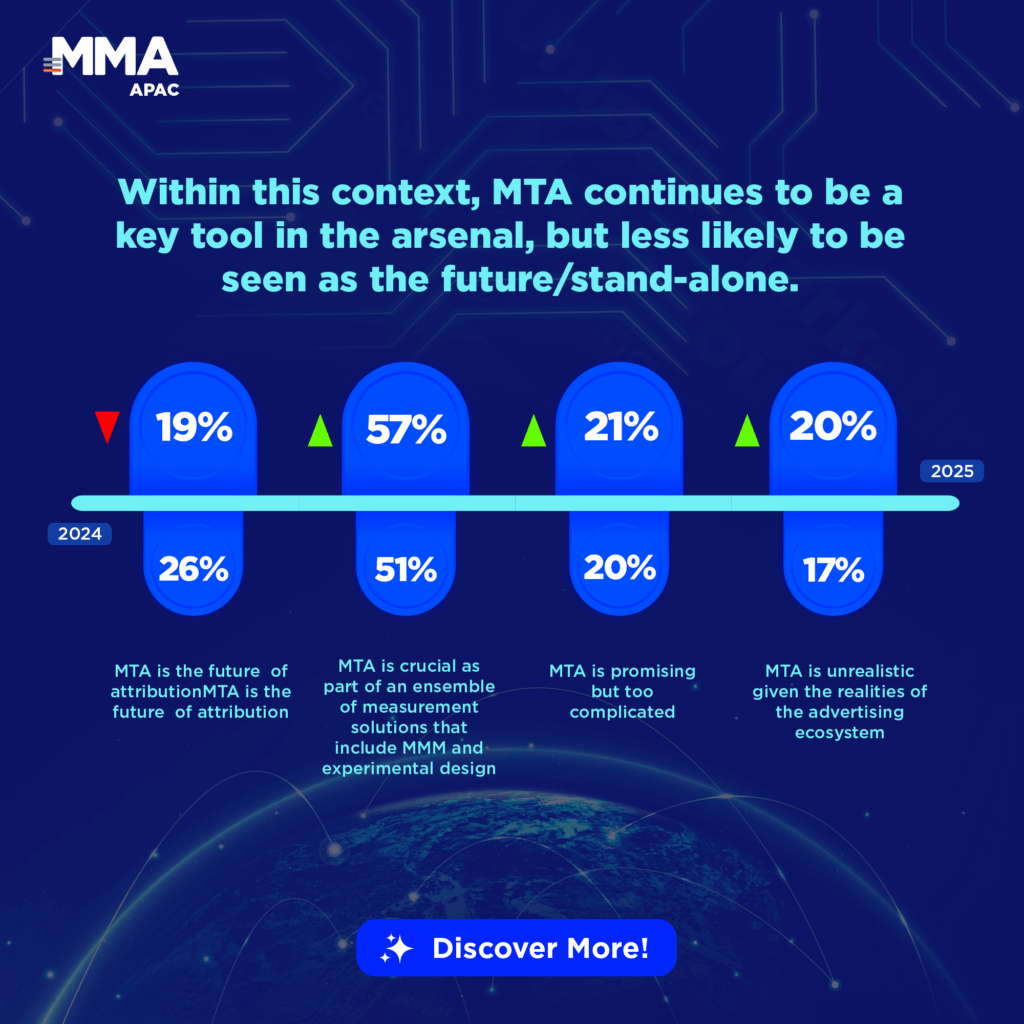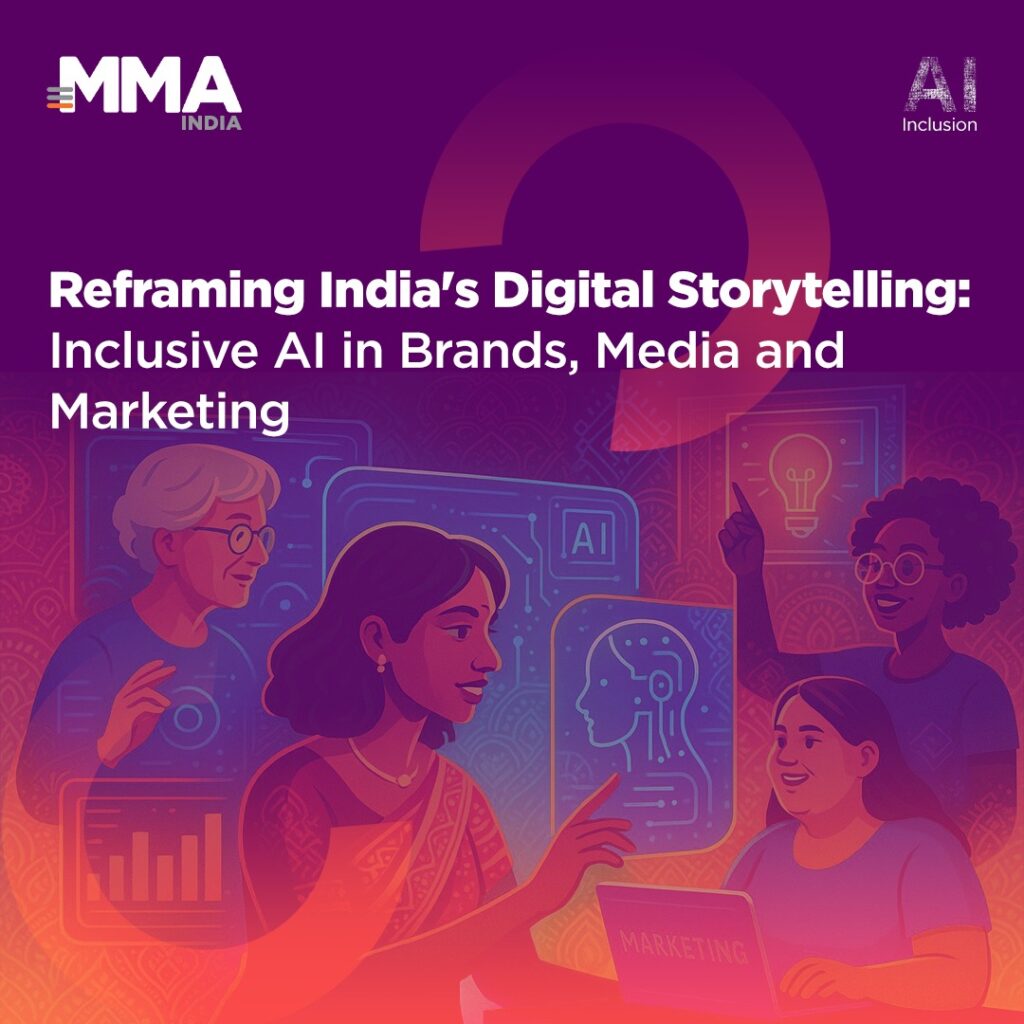
In the rapidly evolving landscape of marketing, creativity has reached a pivotal moment. It is now more essential than ever, even as the process becomes increasingly complex. This heightened focus is not merely a trend but a necessity driven by significant advancements in marketing technologies and profound changes in the media ecosystem.
The integration of data and analytics into the creative process is seen as a game-changer by 80% of marketers. This evolution enhances the ability to craft compelling, effective strategies and revolutionizes creative workflows. However, alongside these advancements come significant challenges. Despite the recognized importance of creativity, less than 40% of marketers believe they are making the right investments in creative talent and tools. This reveals a critical gap between the perceived importance of creativity and the actual allocation of resources.
One notable trend emerging in response to these challenges is the shift toward in-housing creative functions. On average, a net one-third of the marketers plan to increase their in-house creative operations. This move aims to achieve greater transparency, strategic alignment, and cost efficiency. As we look ahead, these data points emphasize the need for strategic investment in creativity, the integration of advanced technologies, and robust approaches to measuring effectiveness.
Increasing Complexity and Importance
Over the past five years, the creative process has become more complex. Marketers face numerous challenges in maintaining consistency across touchpoints, managing resources, systems, tools, and talent. Despite these difficulties, three-quarters of marketers believe creativity is more important than ever. This belief is driven by the rising importance of social media, online video, and customer experiences. The expectation is that creative efforts will become an even higher priority, particularly in these areas.

Optimizing Amid Constraints
Marketers are constantly optimizing their strategies, goals, budgets, and creative efforts to achieve strong sales and brand outcomes. However, they must navigate several constraints, such as managing stakeholders, meeting deadlines, and handling the scale and versioning of creative assets. These challenges often lead to frustration as the process itself can become a barrier, making alignment across departments, regions, risk levels, and priorities increasingly difficult.

Adapting to Advanced Technologies
While marketers praise their current strengths, there is a clear concern about the ability to adapt quickly and integrate advanced technologies seamlessly into the creative process. Despite their confidence in the culture of innovation, talent pool, and partner selection processes, marketers acknowledge the need for greater agility. They also see significant positive impacts from tools for editing, collaboration, and AI. However, there is a need to work harder to integrate AI, GenAI technologies, and other methods to personalize creative experiences.

Budget Allocation
Currently, marketers allocate 20% of their total marketing budget to creativity, valuing it almost as much as data and targeting. Agencies receive the largest share of the creative budget at 46%, while the remaining funds are split equally between talent and tools/systems. Despite the importance of creativity, most marketers believe they underinvest in relevant talent and systems.

Measuring ROI
Quantifying the ROI of creative ads is another major challenge that is becoming more critical as marketing continues to evolve. While marketers feel that their creative work adds value, only 36% are satisfied with their ability to measure its ROI accurately. Although ROI is the most desirable metric, marketers don’t feel confident about their ability to dissect the actual value of creativity and its impact on economic results. The measurement of creative effectiveness is often based on brand lift studies, counting metrics, and brand tracking studies, rather than focusing on direct ROI.

In-Housing Trends
The majority of marketers in-house at least a quarter of their creative needs, with strategy and measurement predominantly handled internally. Despite constant disruptions and unexpected deadlines often leading to more outsourcing, marketers have been shifting more work to in-house talent over the past 12 months. This trend is expected to continue into 2025. In-sourcing creative work is increasingly seen as a superior process, offering greater transparency, better alignment with strategy, and lower costs. This approach is particularly preferred for social media, content, websites, apps, and some display advertising, while many marketers continue to rely on external agencies for TV and video production.
In conclusion, marketing creativity is at a critical juncture. Despite its complexity, it is recognized as more vital than ever. To navigate this landscape, marketers must strategically invest in creativity, embrace advanced technologies, and develop robust measurement methods. The future of marketing will hinge on harnessing creative innovation and overcoming these challenges. As we move forward, the ability to adapt, innovate, and measure the effectiveness of creative efforts will define the success of marketing strategies in this dynamic environment.
Fill out the form to download ‘The State of Creative Process in Marketing – June 2024’:



















